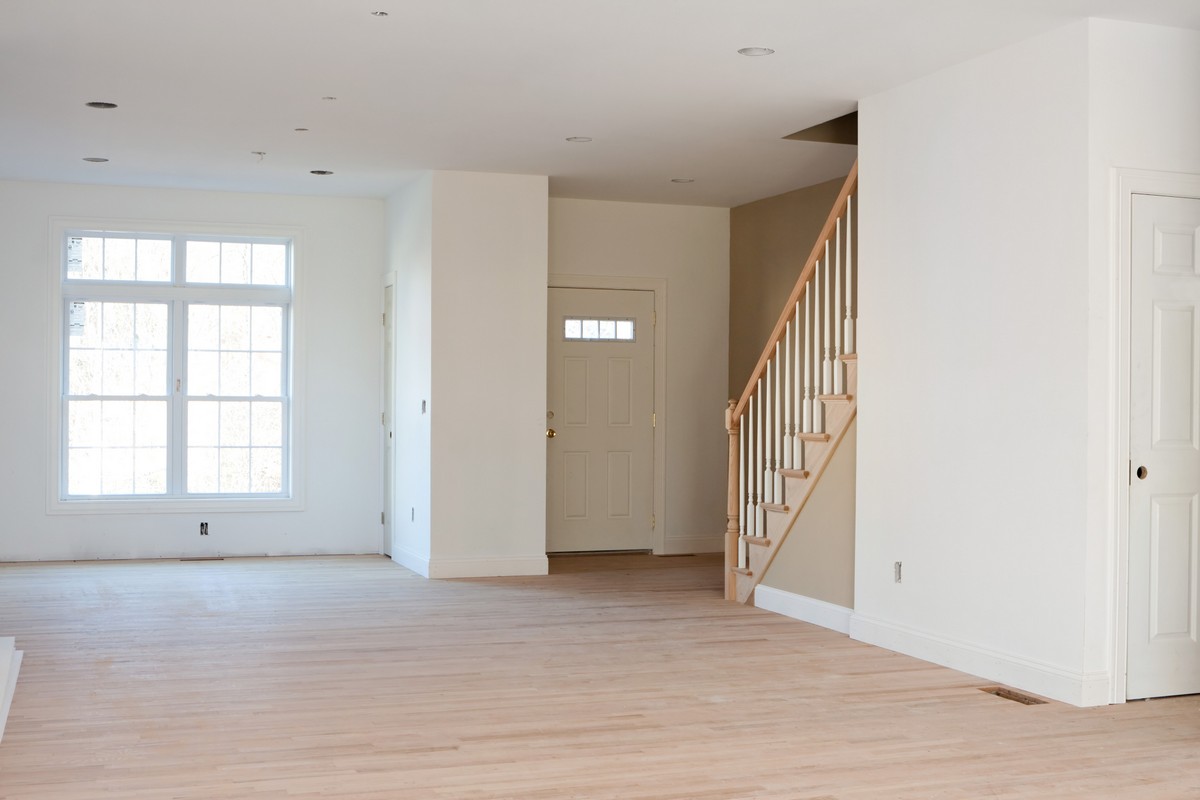Lighting is a vital element in our homes and in our daily lives and our primary source of illumination. Proper balance of illumination can enhance an interior space producing distinct visual effects.
There are many different types to select from to include lamps, rope, track lighting, deck, chandeliers, recessed, neon, solar lamps, and decorative home lighting. Each of these serve a different purpose… to produce a desired effect for your interior and exterior, and landscaping needs. Great interior design companies like Brenda Lee know the best about these details.
Not only that, but you will find lighting fixtures will vary in the type of bulbs used. This can range from halogen and incandescent, to low voltage fluorescent tubes which are energy efficient. Dimmer switches are used in many lamps to vary the intensity of illumination and are most commonly used with track and recessed lamp fixtures.
Outdoor lighting used for landscaping can also enhance the value of your property, and create a distinct visual effect. For instance the use of rope lighting along the curb or leading into the driveway, not only illuminates a safe pathway, but looks really good.
Landscape lighting typically comes on mounted posts where the wiring is routed underground. This type of lighting is usually installed by a licensed and experienced professional.
When planning for home lighting, you should decide first, how the space will be used. Will it be for reading or entertainment? Or an area to casually unwind. Your decision here will help you decide on the best kind of lamps and light bulbs to use whether halogen, fluorescent, or incandescent. You may opt for Tiffany lamps, to add a decorative touch, or other table lamps to suit your needs. Chandeliers will be used in most dining areas. Track can sometimes be used for universal purposes.
Keep in mind that lighting fixtures, whether natural or artificial, are emitted from a source in straight lines and spread out over an increasingly large area as it travels. When it comes in contact with a surface it is either absorbed or reflected and so textures and finishes will affect the way lighting responds. A smooth shiny surface, for example, provides a certain amount of reflection, whereas a rough or textured surface causes more of the light to be absorbed. Colors have the same effect; light colors will reflect, and dark colors, especially black, absorb.
General indoor lighting is used to cover a large area, the most common form is a central fitting fixture that hangs from the ceiling in the center of the room such as a chandelier, spotlight.
Choosing the right bulb is also essential for achieving the appropriate strength and balance of your lighting. Halogen bulbs produce a bright, white light suitable for tasks. Tungsten is the most common light bulb and gives a warm, yellowish light.
Fluorescent lights vary in color, but tend to be used most commonly in strip or track lighting.

